Go wild
Your guide to getting closer to nature this month
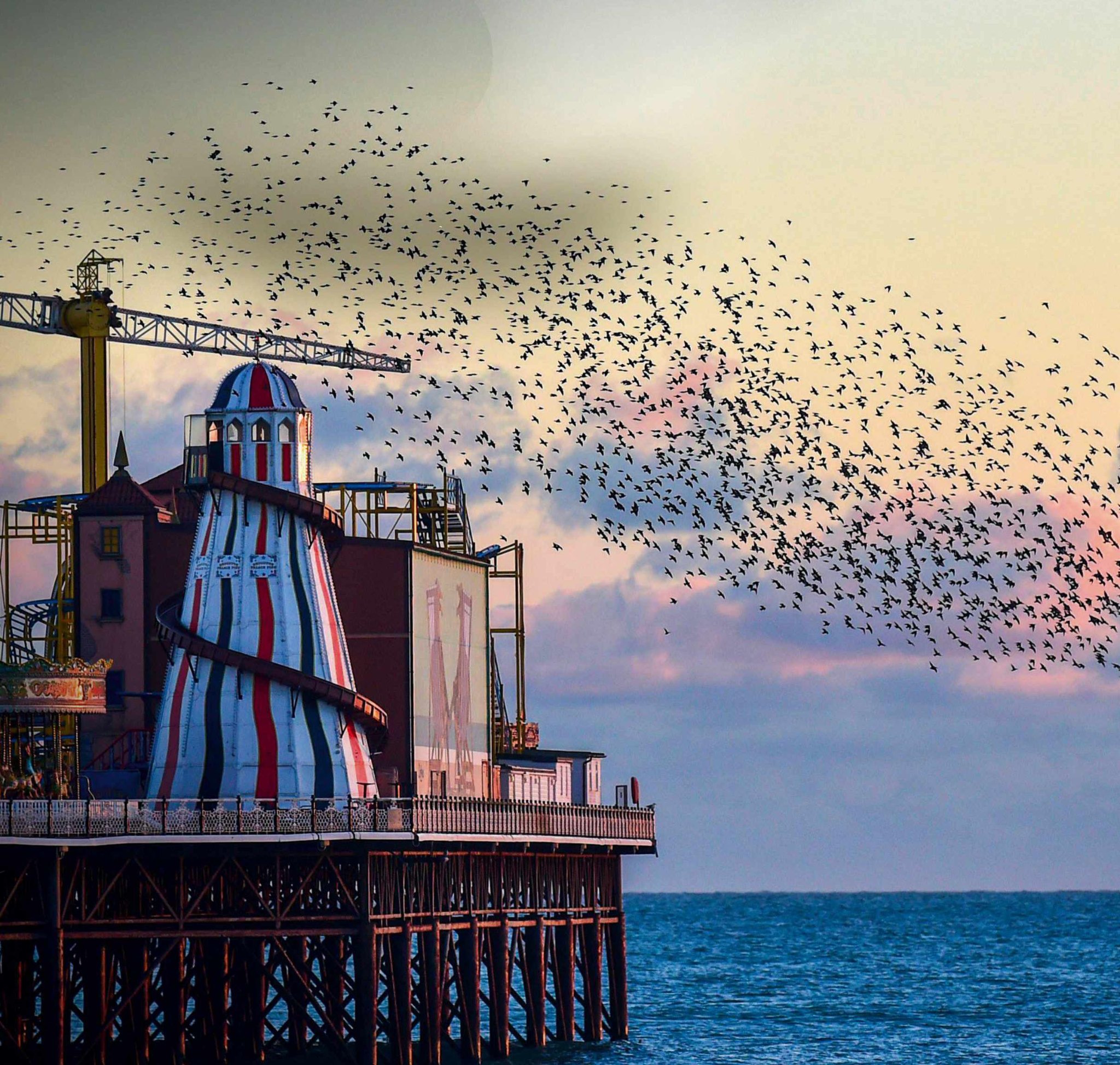
TV HIGHLIGHT OF THE MONTH
Wild wintery delights
Winterwatch

JANUARY SAW THE RETURN OF Winterwatch to our screens for a joyful two weeks. The four regular presenters celebrated the wonders of the UK’s wildlife and its landscapes. Chris Packham and Michaela Strachan returned to Wild Ken Hill in Norfolk for a second winter, whilst Gillian Burke and Iolo Williams headed northwards to Scotland’s greenest city to experience the urban wildlife of Edinburgh.
As usual, there are live cameras aplenty to keep viewers hooked and the popular Mindfulness Moments. Prerecorded films with the four presenters and Megan McCubbin take you around the UK to encounter both extraordinary winter wildlife and knowledgable naturalists and conservationists – including murmurating starlings, roosting jackdaws with Flock Together’s Nadeem Perrara, and insects with entomology curator Ashleigh Whiffin.
MEET THE RESEARCHER
Jack Baddams
We speak to the Winterwatch wildlife researcher about what his role on the programme involves

How did you first get involved in ‘The Watches’?
I have my mum to thank! I’d always been a huge fan of the show and she simply encouraged me to find the email address of the series producer and drop them a message asking if there was anything I could do on the show. I had no faith in her plan but, lo and behold, I ended up getting a job as a ‘story developer’ (someone who monitors the wildlife cameras) on the show for four series, before being taken onboard as the wildlife researcher. Moral of the story: if you don’t ask, you don’t get!
What does your research involve?
Largely it’s working on the content of the show – whether that be the pre-recorded films or the ‘live items’. In the case of the films, we’re working on them months ahead of time, so there’s always something to keep busy with. My role also involves researching the locations that the programmes use as a base, and I’m very lucky that I get to explore the best wildlife spots in the country and speak to the people who know them best!
What does your role involve during the live weeks?
As the wildlife researcher, it’s about being across all the wildlife action that’s happening on and around our main location. I talk to a network of local naturalists to find out the interesting stories or species, and then make sure we try to get them filmed. So whether it’s footage we’ve captured on our remote cameras or with our long lens operators, it’s my job to be across it all and work with the producers to make sure we’re getting the best moments on screen.
Are there any animals or plants you’d like to get featured, but haven’t found a way to do so yet?
Moles! I would absolutely love to find a way to do a feature on moles. They’re a species I’ve looked into a couple of times, but they’re not animals that make themselves easy to film, given that they spend their entire life underground. I think they’re one of the most fascinating creatures we have in the UK, and the idea that they’re just busying away with their lives under our feet amazes me.
What is the most unusual aspect of your role?
Being on location throws up all sorts of situations. I’ve been involved with setting out weightlifting courses for badgers, been trained in the art of frog tickling, and calculated the air speed velocity of a laden great spotted woodpecker!
PODCAST OF THE MONTH
Beneath the Baobab
jammainternational.com/podcast-2
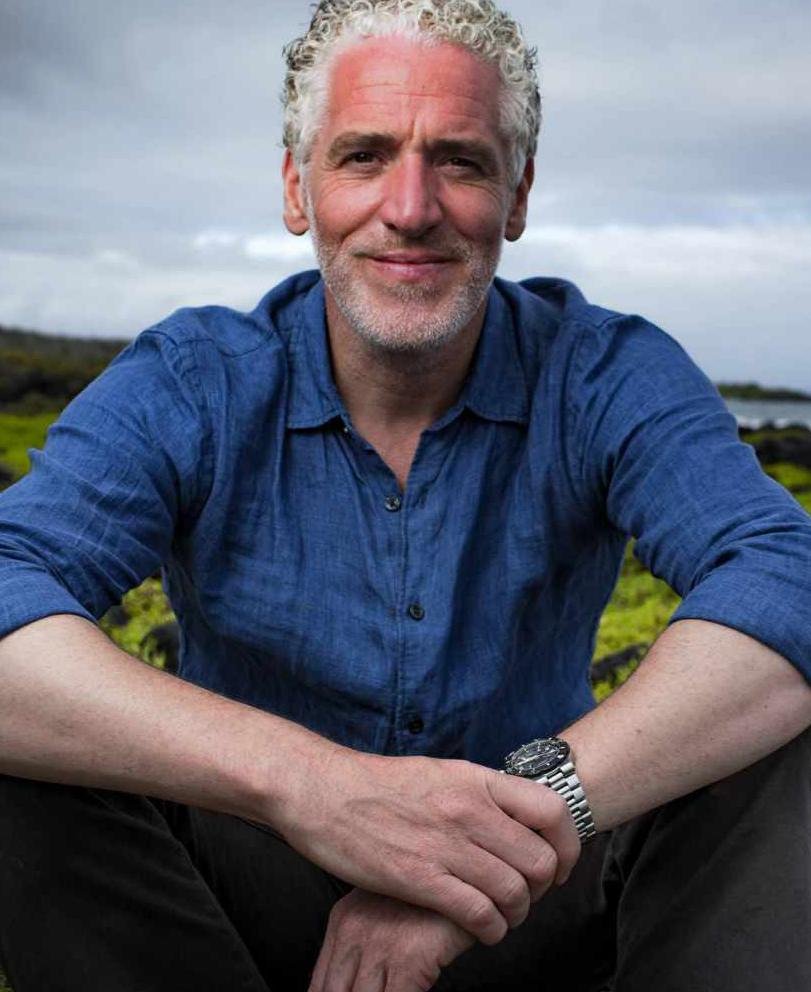
The award-winning wildlife cameraman and presenter Gordon Buchanan steps up to the microphone to host this podcast from conservation and communities charity Jamma International. Across the episodes, he delves into the world of community-led projects and how indigenous peoples are working to conserve wildlife both now and for future generations. The podcast doesn’t shy away from difficult topics, such as the legacy of colonial land use or the role of the media in sharing misinformation.
CHILDREN’S BOOK OF THE MONTH
Darwin’s Super-Pooping Worm Spectacular
By Polly Owen, illustrated by Gwen Millward, Wide-Eyed Editions, £12.99
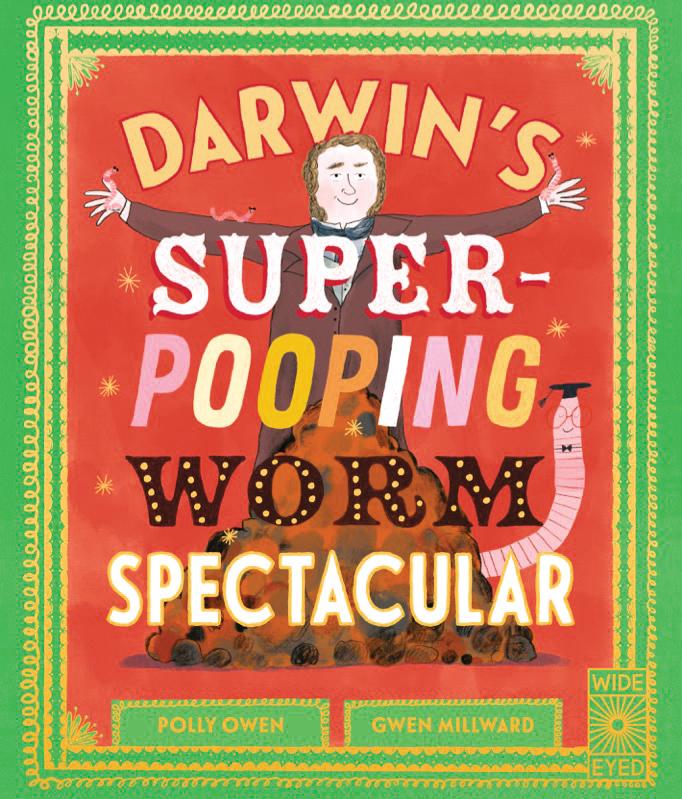
DID YOU KNOW THAT CHARLES DARWIN was fascinated with worms? Polly Owen and Gwen Millward’s zany and humorous book tells the true story of how the famous naturalist discovered that the humble earthworm is one of the most important species on the planet.
Colourful pages filled with a pleasing combination of illustrations, speech bubbles and text show the enamoured Darwin conducting experiments on his specimens.
First, he tests their sight and discovers they can’t see but they do have light-detecting sensors in their skin. Second, he tests their hearing and finds they can’t hear but they do respond to vibrations. Then he tests their smell and concludes they can only smell their own preferred foods.
But most exciting – particularly for children – is his discovery of their super-pooping superpower! Cue lots of poo pictures and the lesson that worm poo is essential for plant and animal life.
This is a disarmingly silly read that manages to share cool worm science, and an insight into Darwin’s life and work, with a light and easy touch.
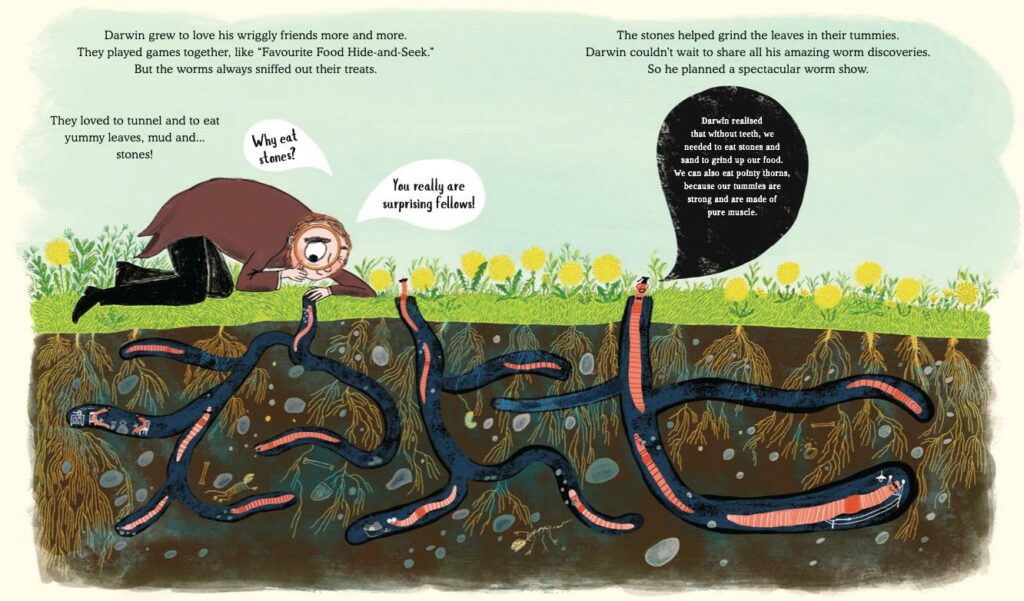
BOOKS ROUND UP
Sensational
By Ashley Ward, Profile Books, £20

A professor of animal behaviour at the University of Sydney, Ashley Ward is more than qualified as our tour guide into the dazzling world of senses – both our own and those of other animals. It is an impressive journey into why we may have as many as 53 senses (rather than just five), and how we interpret the world around us.
Elixir
By Kapka Kassabova, Jonathan Cape, £20
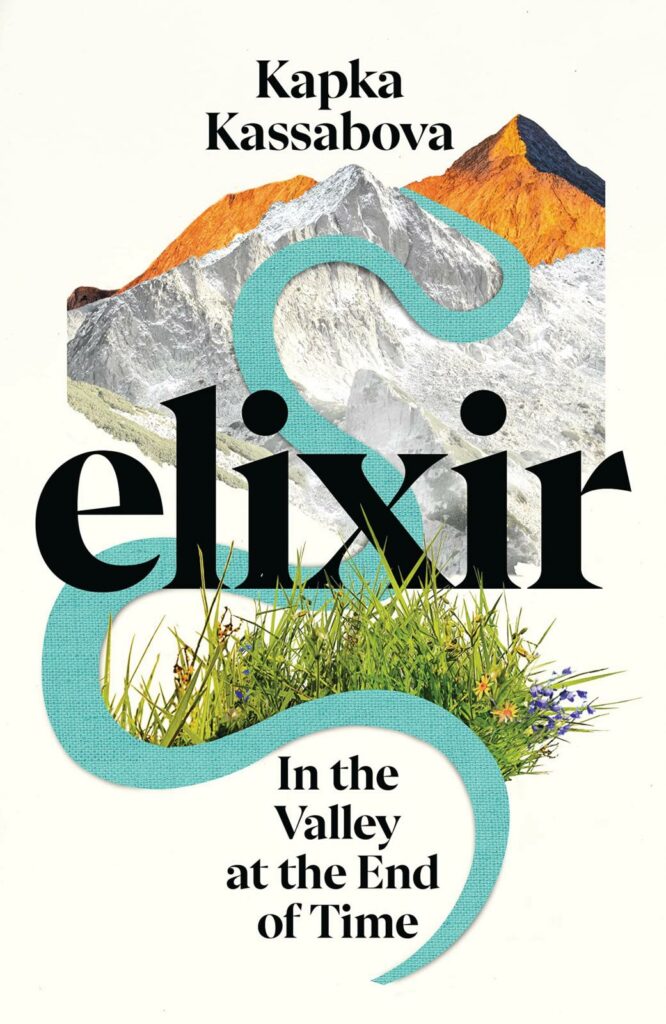
Award-winning writer Kapka Kassabova has written an exceptional new book. She takes us to the valley of the Mesta River in Bulgaria, surrounded by forests and mountains. Here, she follows the river and explores the connections between people, plants and place, seeking an answer to how we can re-think the way we live.
Britain’s Living Seas
By Hannah Rudd, Bloomsbury Publishing, £16.99

Dip your toes into the world of coastal wildlife with marine biologist Hannah Rudd’s book, written in collaboration with The Wildlife Trusts. The first chapter introduces the different habitats and species, then the book takes a deeper dive into the threats facing them, the conservation work being undertaken, and what you can do to help.
Spring Rain
By Marc Hamer, Vintage Publishing, £16.99
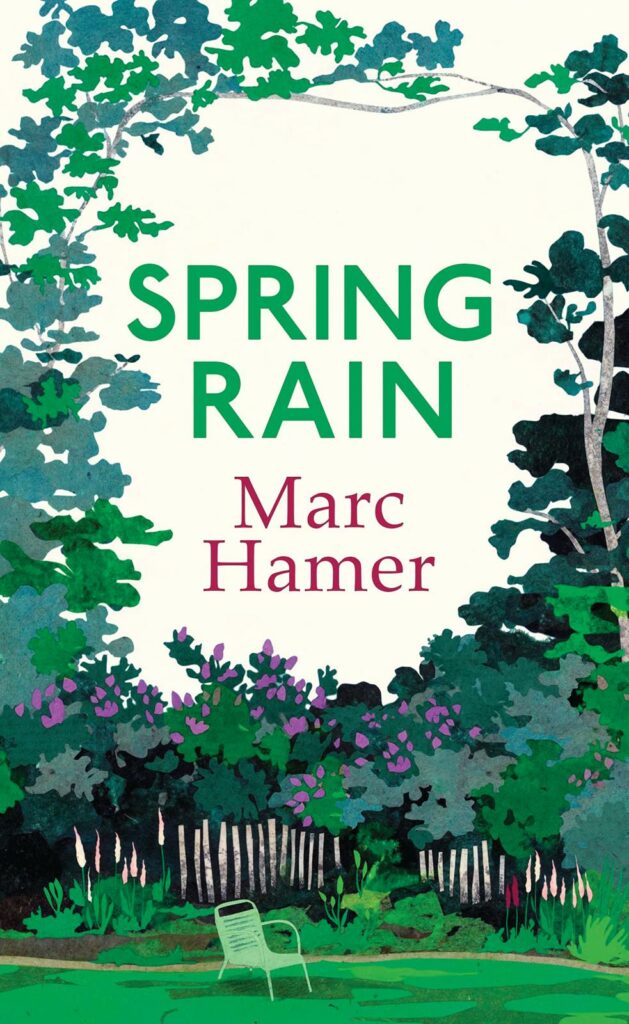
Following the success of his previous books, How To Catch A Mole and Seed To Dust, writer and gardener Marc Hamer has written a third book. In this memoir, he reflects on his childhood in a violent home and how he came to love plants, insects and nature by finding refuge in his small back garden, leading to a life of gardening.
ID GUIDE
Early spring flowers
Spring is near, daylight hours are increasing, our winter bird visitors are leaving, and the early spring flowers are starting to bloom. For more ID guides, visit our website: discoverwildlife.com/identify-wildlife.
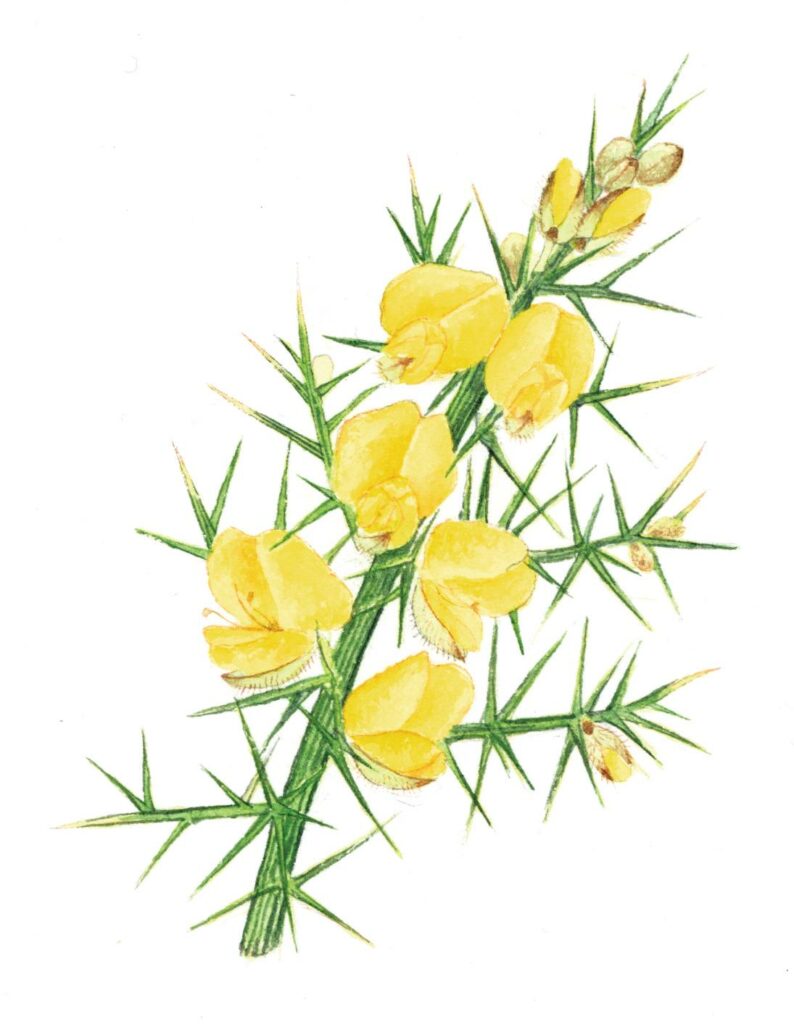
COMMON GORSE
A large evergreen shrub, gorse is most recognisable by its coconutscented bright yellow flowers.
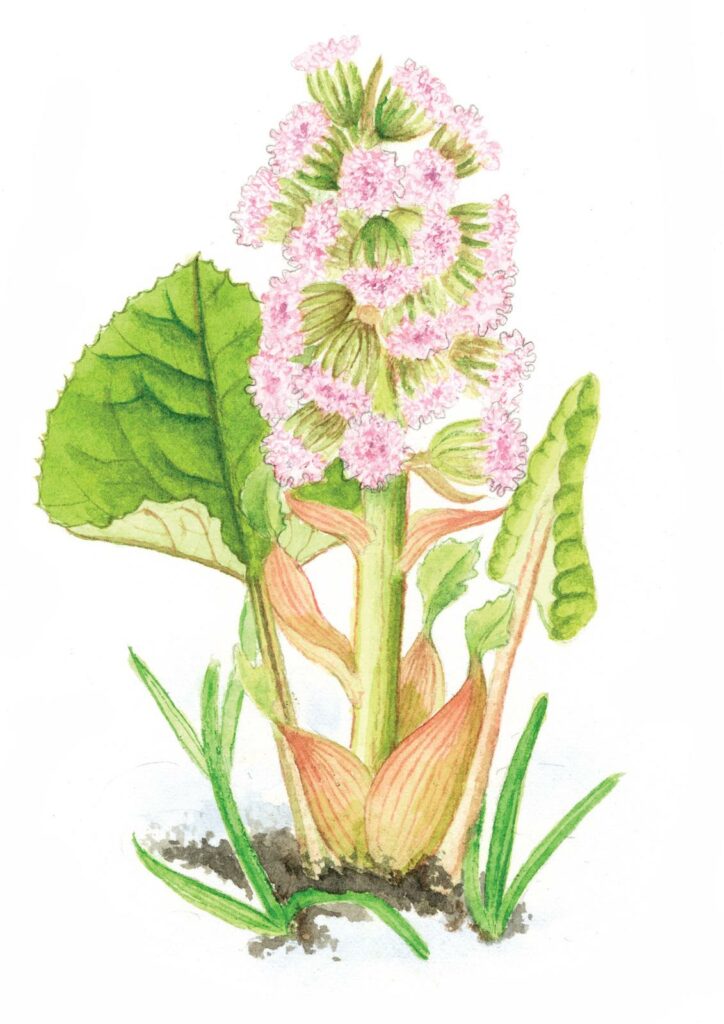
BUTTERBUR
Named for its large leaves that were once used to wrap butter, this plant has small pink flowers on a spike.
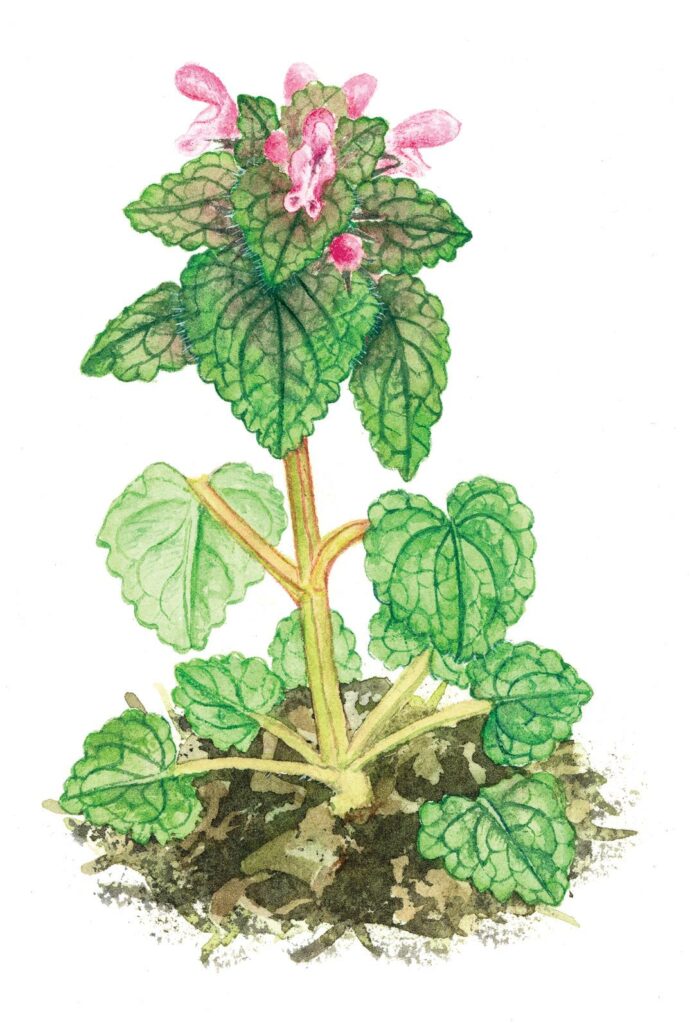
RED DEAD-NETTLE
Loved by bumblebees, this nettle species has pink-purple flowers and lacks a sting – hence the ‘dead’ name.
TV HIGHLIGHT
Serengeti III
Catch up on BBC iPlayer

THE DRAMATISED WILDLIFE SERIES Serengeti returns to BBC One for a third season, this time narrated by the British actress Adjoa Andoh – of theatre and Casualty fame, and lately playing Lady Danbury in the Netflix adaptation of the Bridgerton books. The six episodes were produced by John Downer Productions, which has previously made Spy in the Wild (and its associated programmes) and Snow Bears.
We are introduced – or reintroduced, if you watched the previous Serengeti seasons – to the main characters that feature across the series. One such character is the lioness Kali, who started the series with young cubs to look after, who are now starting to explore the world outside of their den. What trouble will they get into on their adventures, and will they survive meeting the male lion of the pride?
A baboon family led by a male called Bakari have found sanctuary amongst the rock ‘kopjes’ – the piles of ancient rocks sticking up like islands from the surrounding grassy savannah. Bakari faces the threat of a rival, who has the audacity to bully his son, leading to a battle for the troop’s survival.
It’s also almost time for cheetah Aiysha’s cubs to become independent, but have they learnt enough hunting skills to venture out and go alone? They may have enthusiasm – shown by their attempt to catch some flamingoes – but it’s going to take more than that to survive.

Watch all the episodes from the Serengeti III series
MEET THE VOLUNTEER
“I want other people to enjoy nature, too!”
Student Anna Webberley has been leading her university’s ornithological society

ALONGSIDE STUDYING FOR HER BIOLOGICAL sciences degree, Anna Webberley is the president of the Cardiff University Ornithological Society and was awarded the British Trust for Ornithology’s (BTO) Marsh Award for Young Ornithologist of the Year in 2022.
What does your volunteering involve?
As president of the society, my role involves running and organising the society and its events, with the help of two committee members – Maddie Davis (secretary) and Lili Tarrant-Snedden (treasurer). Events include regular birdwatching walks, socials, and trips both in the local area and further afield, such as a Q&A session with Iolo Williams and a residential camping trip to Pembrokeshire. We encourage our members to get involved in citizen science, too.
I also regularly help out with the BTO’s monthly Wetland Bird Survey in Cardiff ’s Roath Park each month. This involves counting and recording the numbers of different species of wetland birds. This data is important for informing conservation decisions. During spring, I volunteer as a nestbox volunteer, which involves monitoring the nestboxes in a local woodland and checking the progress of the chicks nesting there.
Why do you volunteer?
I really enjoy getting out and about in nature and wildlife, and doing things to help the environment where I can. I want other people to have the opportunity to enjoy it, too! The more people that are passionate and care about these species, the more they will work to conserve and protect them.
It has been great to see the society get re-established (after it shut down in 2020, due to the pandemic) and have such a good increase in members over the last couple of years – we now have nearly 40 members. It’s also amazing to see more people helping out and getting involved with the local volunteering activities.
What has been your proudest moment as a volunteer?
It was receiving the BTO’s Marsh Award for Young Ornithologist of the Year last year for my work with the ornithological society and vounteering. I felt incredibly honoured to receive the award.
5 THINGS WE LOVE
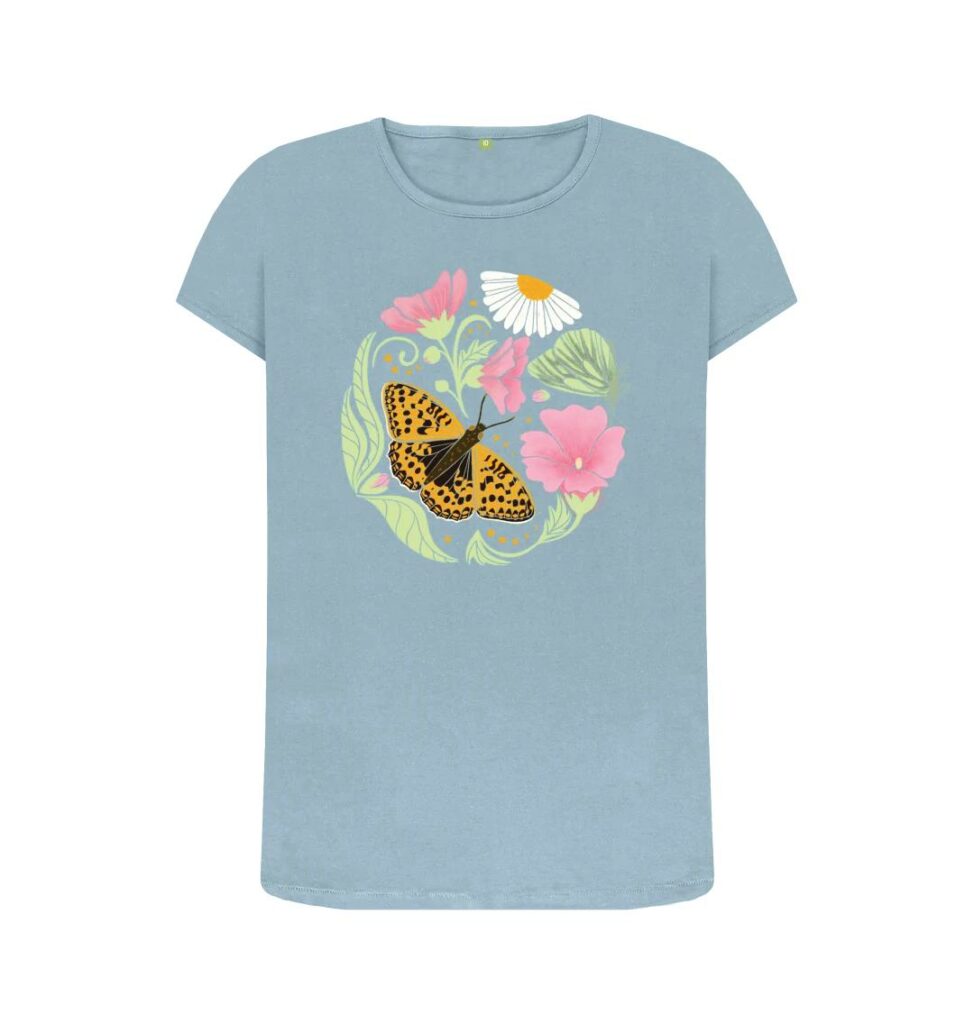
1 Butterfly Bloom top, £20, butterfly conservation store.com
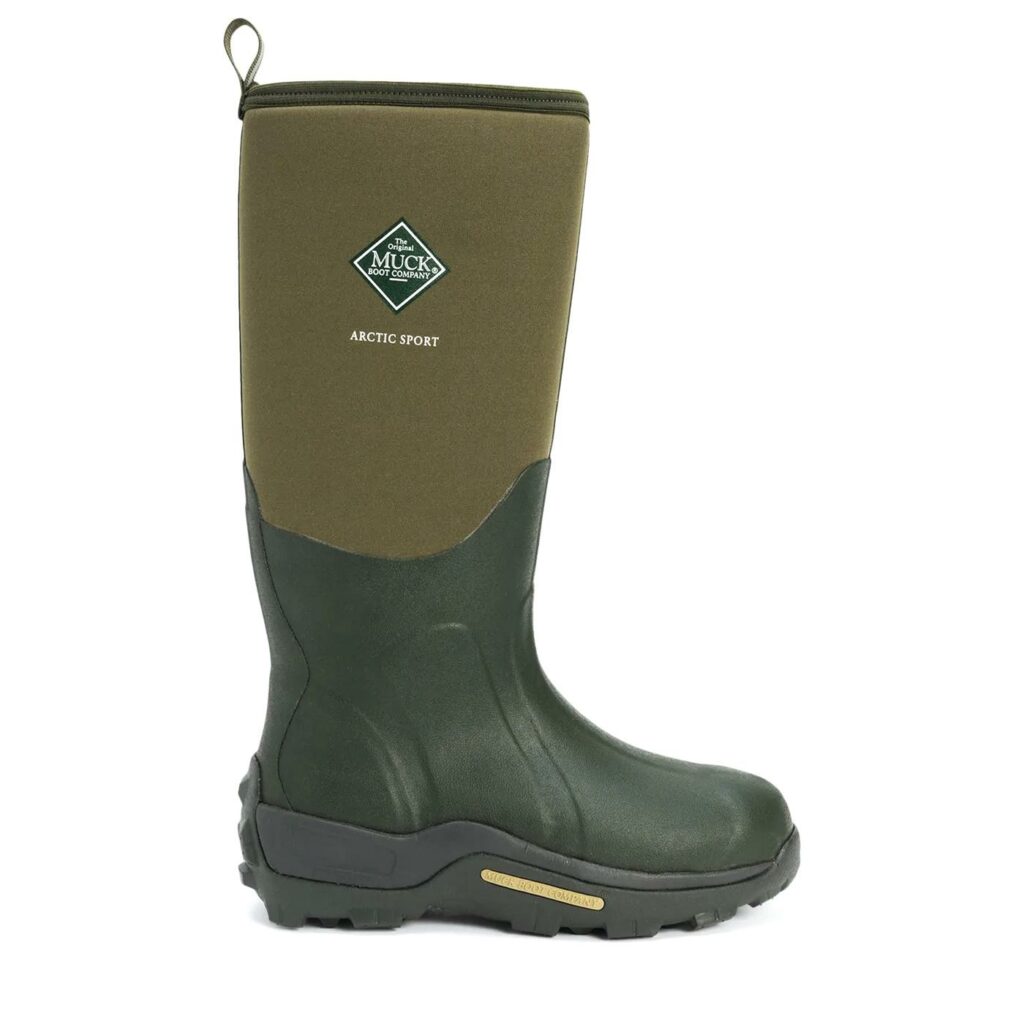
2 Unisex Arctic Sport Tall Boots, £155, muckbootcompany.co.uk
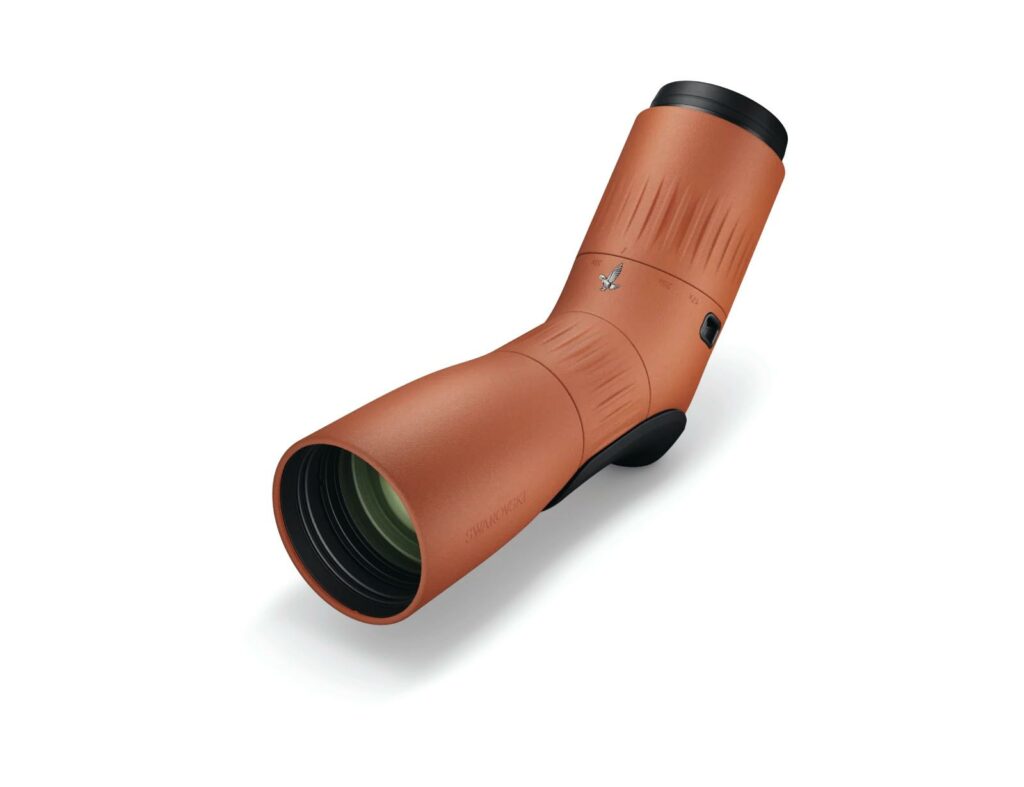
3 ATC 17-40×56 spotting scope, £1,820, swarovskioptik.com

4 Eco birdfeeder, £8.99, shop. woodlandtrust.org.uk

5 Zoology jigsaw puzzle, £25, wrendaledesigns.co.uk